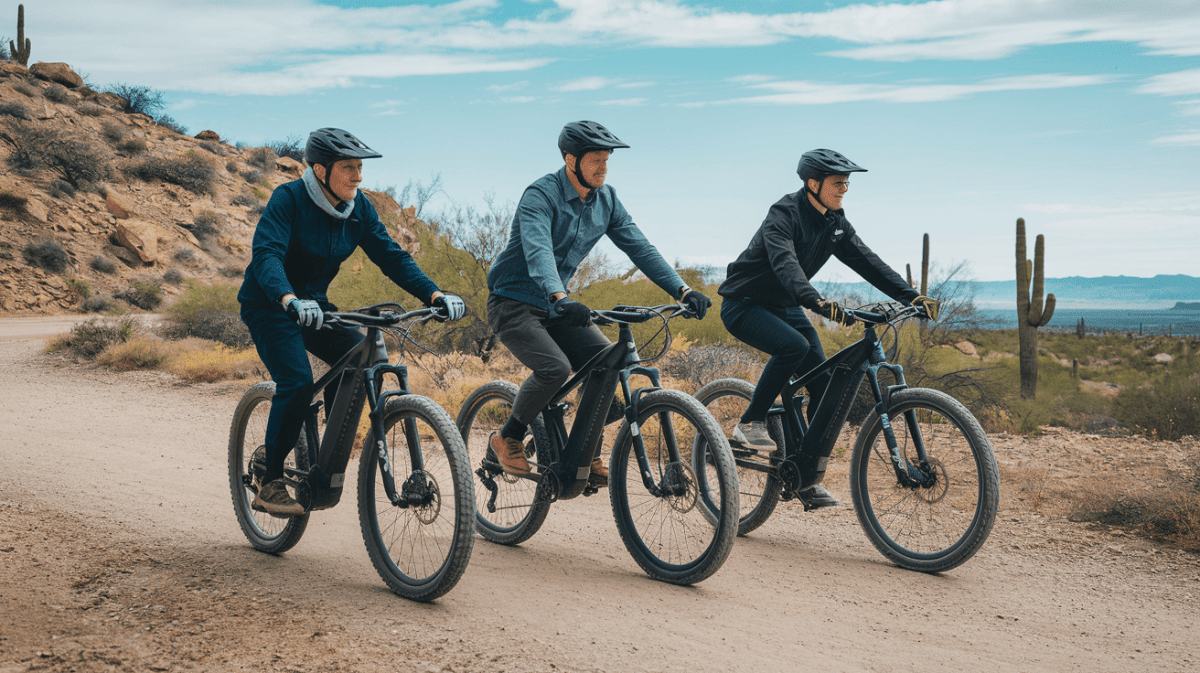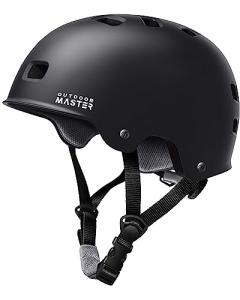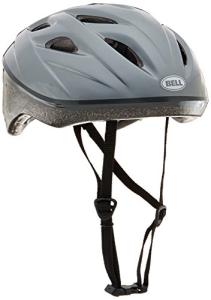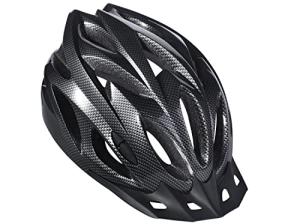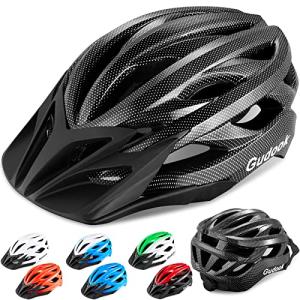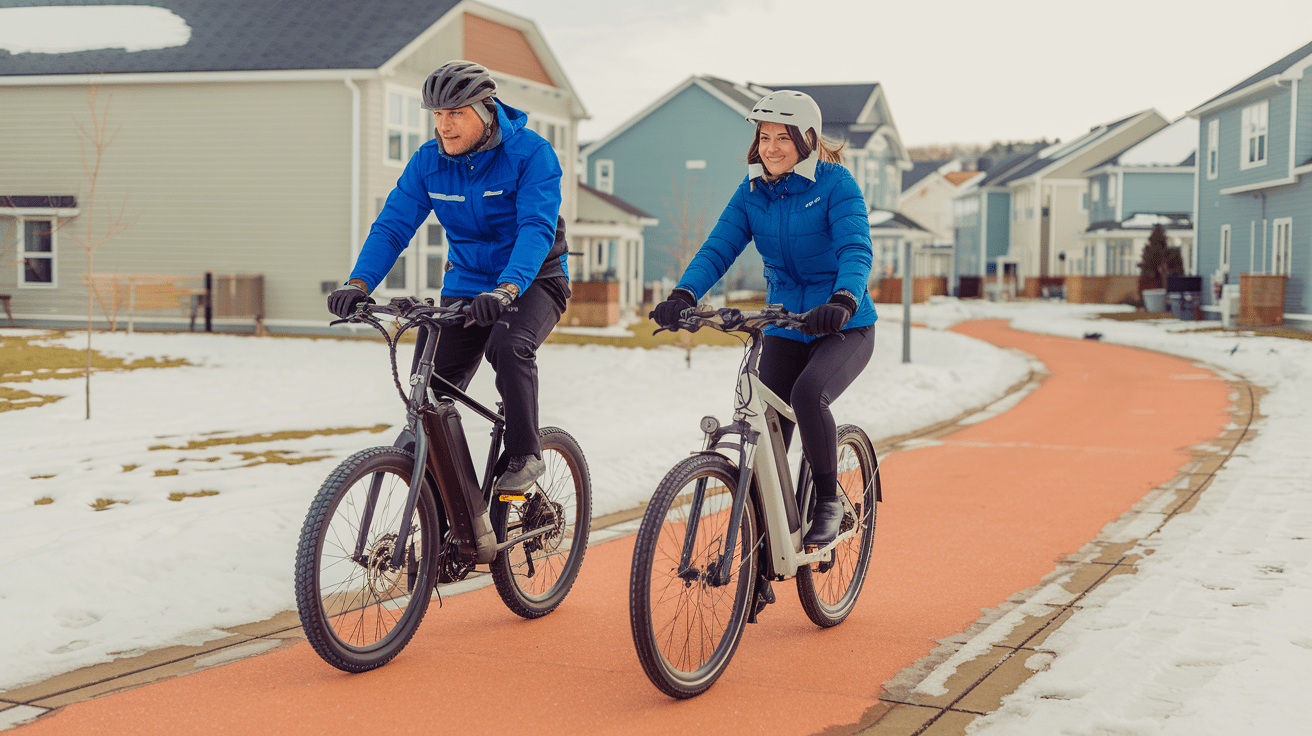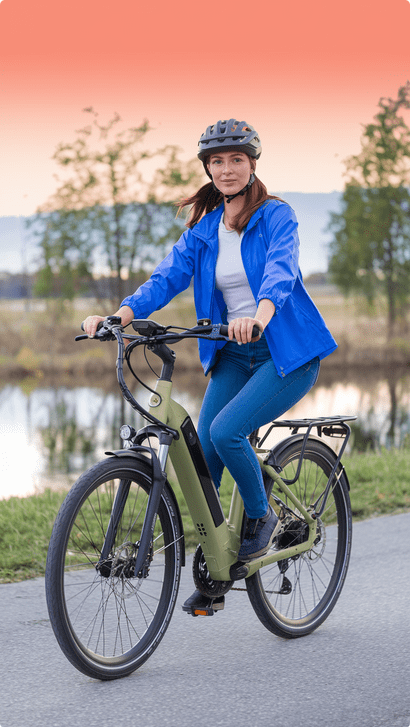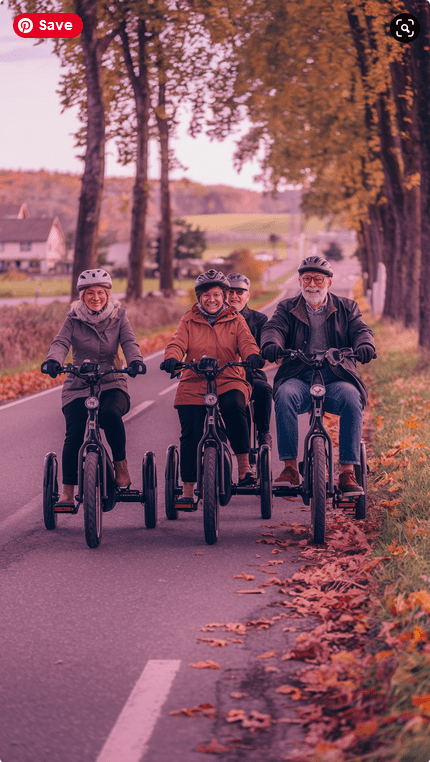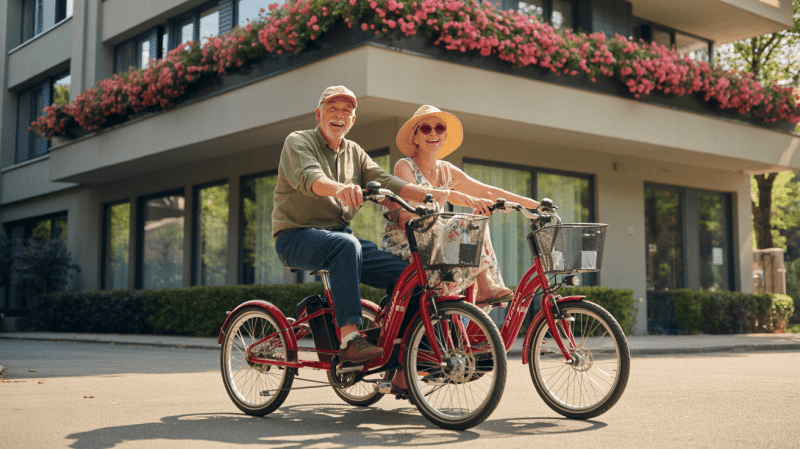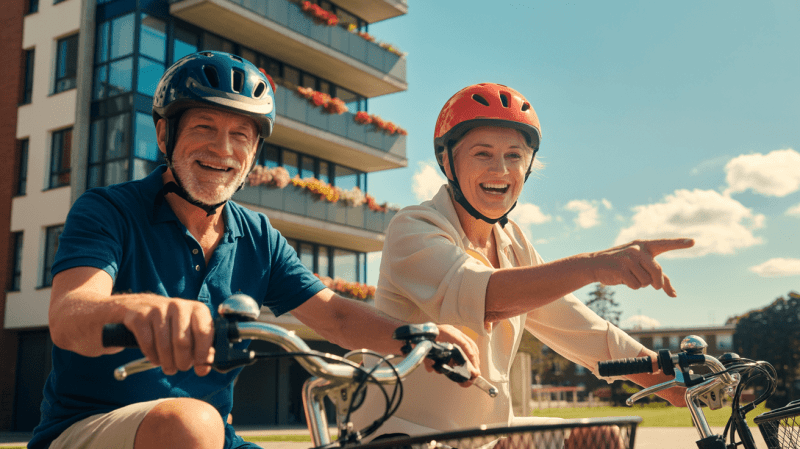One important aspect of year-round cycling is dressing appropriately for the weather. No matter the season, it's crucial to wear clothing that will keep you comfortable and safe during your ride.
During the warmer months, opt for light and breathable fabrics that will wick away sweat and help keep you cool. A moisture-wicking jersey and padded cycling shorts will help you stay comfortable on longer rides. Don't forget sunscreen to protect your skin from the sun's harmful rays.
As the temperature drops, layering is key. Start with a moisture-wicking base layer to keep sweat away from your skin, then add a thermal jersey and windproof jacket to stay warm. Don't forget a pair of thermal tights or leg warmers to keep your legs from getting cold. And always wear gloves and a hat to keep your extremities warm.
Gear Up for Any Weather
When it comes to year-round cycling, being prepared for any type of weather is key to enjoying a smooth ride. Whether it's blazing hot in the summer or icy cold in the winter, having the right gear can make all the difference in your comfort and performance. Here are some essential items to have on hand for all seasons:
Summer Gear:
During the hot summer months, it's important to stay cool and hydrated while riding. Wearing moisture-wicking clothing will help keep sweat away from your body and prevent chafing. A good pair of cycling shorts with padding will also make long rides more comfortable. Don't forget to wear sunglasses to protect your eyes from the sun's glare and apply sunscreen to prevent sunburn. And, of course, always carry a water bottle to stay hydrated on the go.
Winter Gear:
When the temperatures dip below freezing, it's crucial to dress in layers to stay warm while cycling. Start with a moisture-wicking base layer to keep sweat away from your body, then add insulating layers like a fleece jacket or thermal tights. Don't forget to wear a windproof and waterproof jacket to block out cold air and rain or snow. Insulated gloves, shoe covers, and a thermal hat or headband will help keep your extremities warm on chilly rides. And, for extra visibility in low-light conditions, consider adding reflective gear to your winter cycling ensemble.
All-Weather Essentials:
Regardless of the season, there are a few items that every cyclist should have on hand to stay safe and comfortable in any weather. A helmet is a must-have for protecting your head in case of a fall, while padded gloves will help cushion your hands and grip the handlebars securely. A good pair of cycling shoes with cleats will provide optimal power transfer and pedaling efficiency, while a bike light and reflectors will keep you visible to other road users. And, last but not least, always carry a bike repair kit with essentials like spare tubes, a multitool, and a pump in case of emergencies.
Stay Safe on the Road
As you hit the road on your bike, it's crucial to prioritize your safety above all else. Follow these tips to ensure a safe and enjoyable ride through every season.
First and foremost, always wear a helmet. It may seem like a no-brainer, but many cyclists overlook this simple safety measure. A helmet can protect you from serious head injuries in the event of a collision or fall.
Additionally, make sure your bike is in good working condition before each ride. Check the brakes, tires, and lights to ensure everything is functioning properly. Proper maintenance can prevent accidents caused by mechanical failures.
Finally, obey all traffic laws and signals. Just like drivers, cyclists must follow the rules of the road to stay safe. Stay visible to drivers by wearing bright colors and using lights at night. Stay alert and aware of your surroundings at all times. By staying safe and vigilant on the road, you can enjoy cycling year-round with peace of mind.
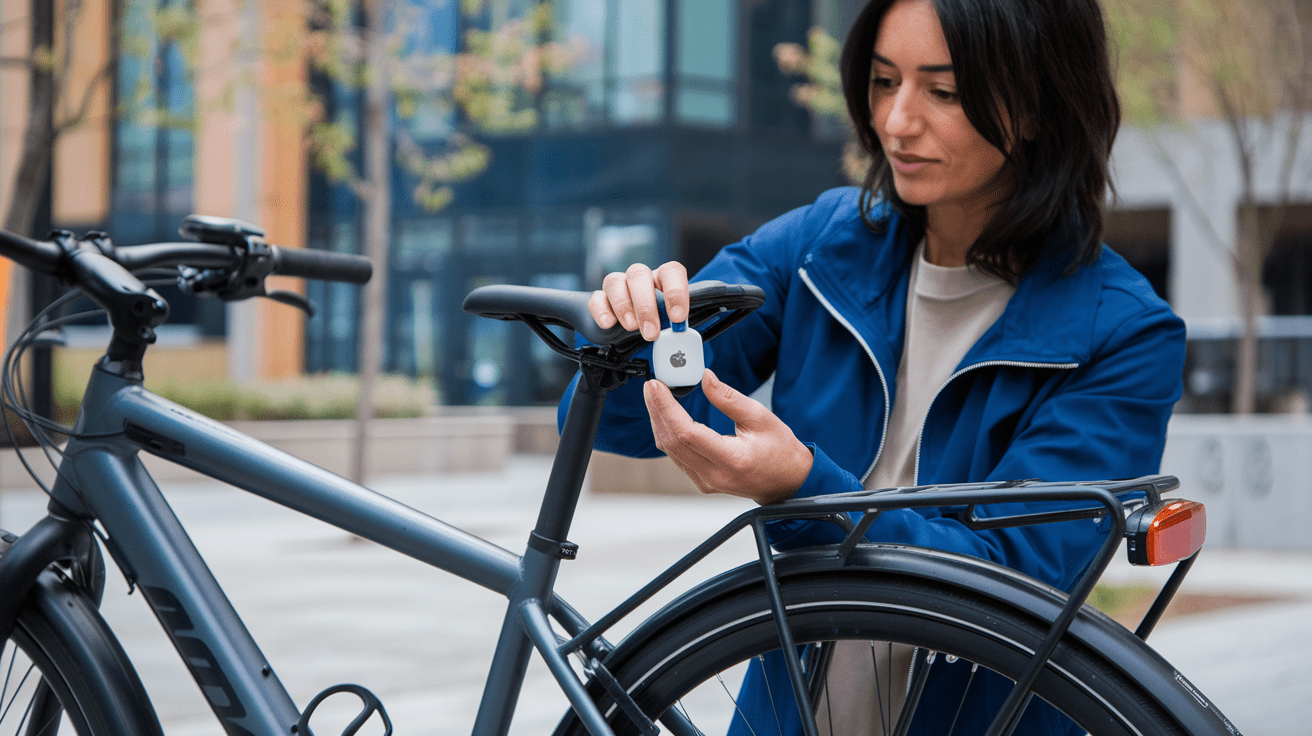
Maintain Your Bike Year-Round
First and foremost, it's important to regularly clean and lubricate your bike chain. Dirt and grime can build up on the chain, causing it to wear down faster and potentially lead to gear-shifting issues. Use a brush and a mild degreaser to clean the chain, then apply a lubricant specifically designed for bike chains.
Next, make sure to check your tire pressure regularly. Proper tire pressure not only ensures a smooth ride, but also helps prevent flats and punctures. Use a bike pump with a gauge to check the pressure and adjust as needed. It's also a good idea to inspect your tires for any signs of wear or damage, such as cuts or bulges.
Another important aspect of bike maintenance is keeping your brakes in good working order. Check the brake pads for wear and replace them if necessary. Make sure the brake cables are properly tensioned and that the brakes engage smoothly. If you're unsure about how to adjust your brakes, it's best to take your bike to a professional mechanic.
Recent Featured Articles:
Senior Cyclists Unite: Adventures with Furry Riding Partners
Choosing the Right Bike for Seniors: A Comprehensive Guide
DISCLAIMER
This document is provided for general information purposes only and should not be relied upon as providing legal advice, technical, or specific operational guidance to the reader, whether as to the practices described in the document or the applicable legal requirements and regulations. Senior Trikes.com expressly disclaims any responsibility for liability arising from or related to the use or misuse of any information in this document.
